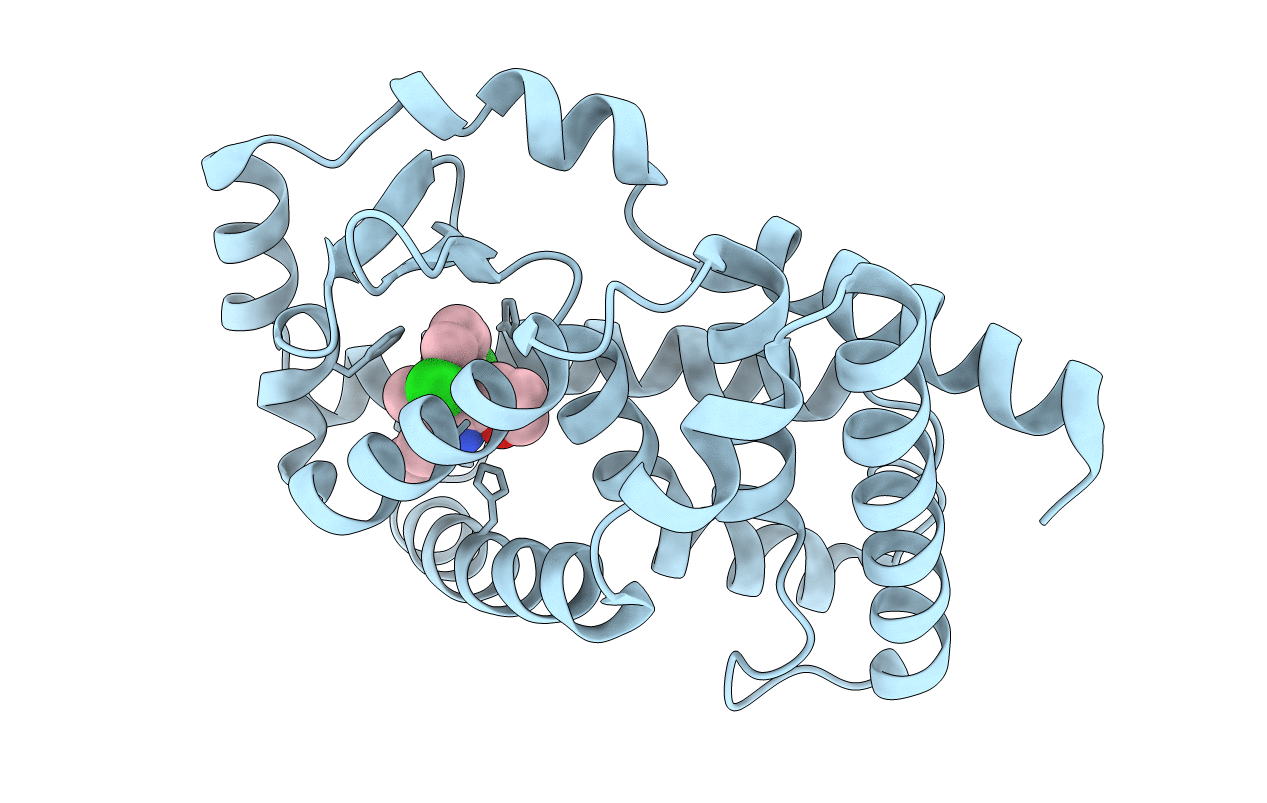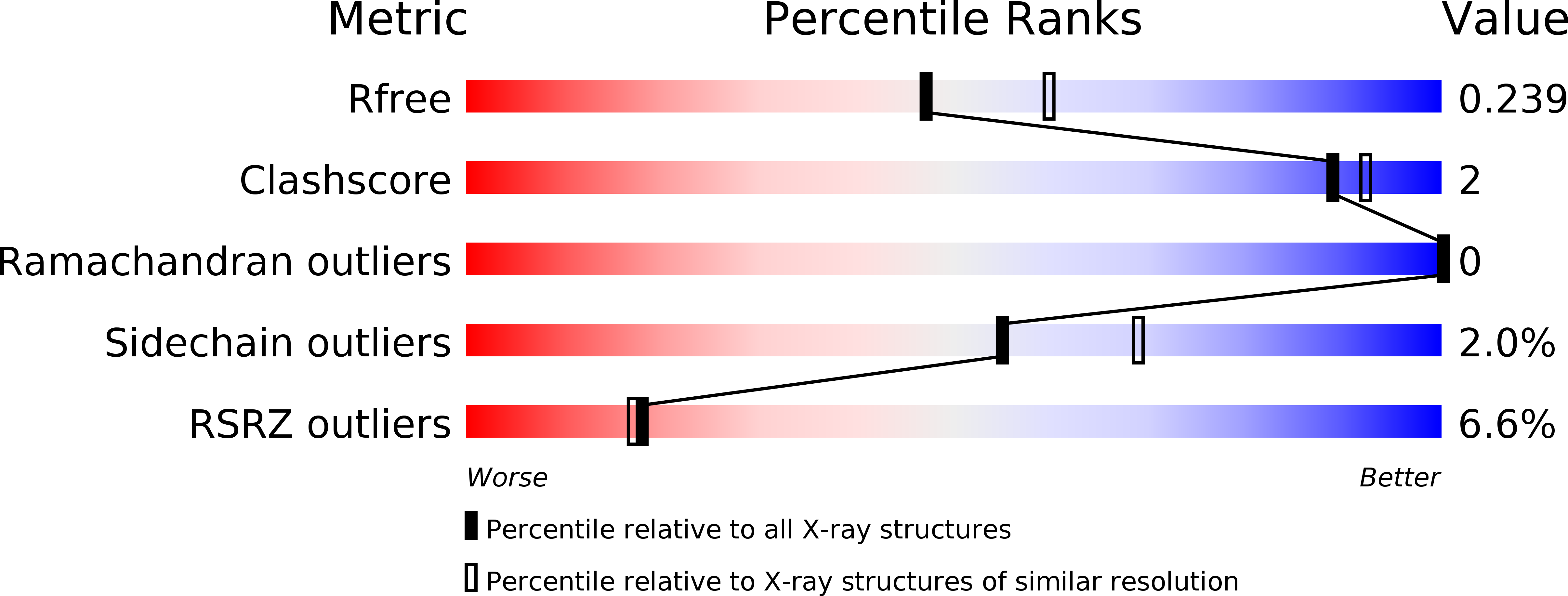
Deposition Date
2018-12-13
Release Date
2019-11-27
Last Version Date
2024-01-24
Entry Detail
PDB ID:
6Q7A
Keywords:
Title:
RORCVAR2 (RORGT, 264-499) IN COMPLEX WITH COMPOUND 4 AT 2.2A: Identification of N-aryl imidazoles as potent and selective RORgt inhibitors
Biological Source:
Source Organism:
Homo sapiens (Taxon ID: 9606)
Host Organism:
Method Details:
Experimental Method:
Resolution:
2.20 Å
R-Value Free:
0.25
R-Value Work:
0.23
R-Value Observed:
0.23
Space Group:
P 61 2 2


